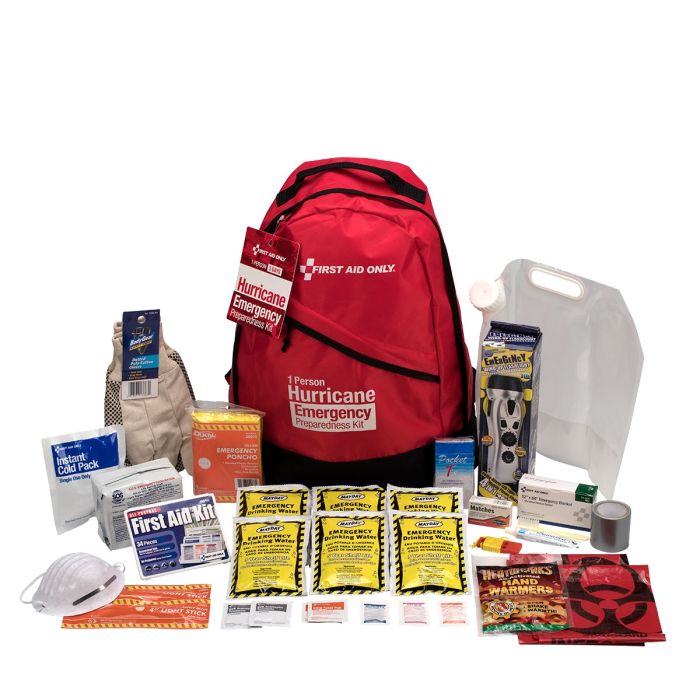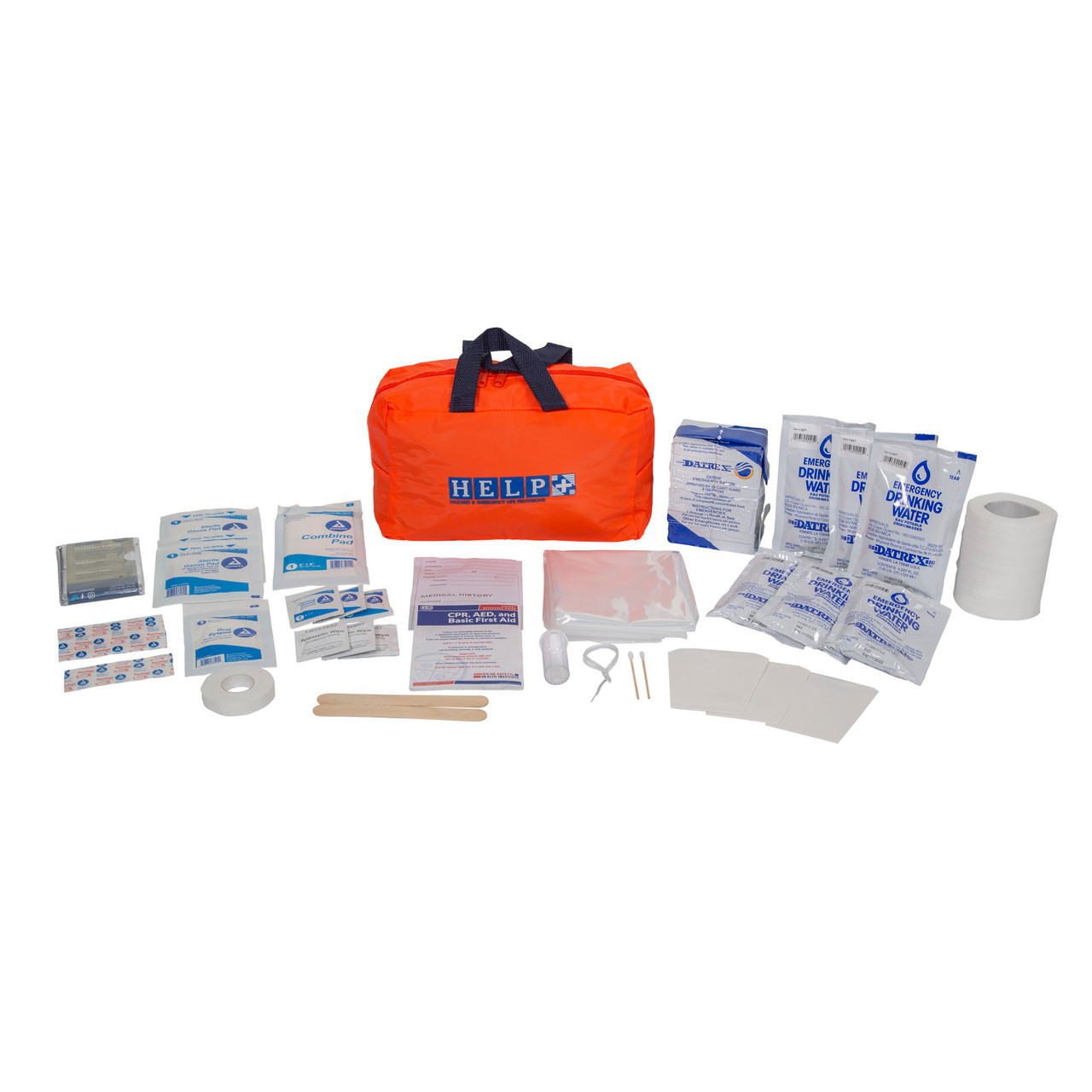Emergency Preparedness: Building a Safer, Stronger Community Together
Wiki Article
Just How to Establish an Extensive Emergency Situation Preparedness Plan
In the realm of readiness, creating an extensive emergency situation strategy is not merely a task to inspect off a checklist; it is an essential foundation of any kind of company or individual's durability method. From all-natural disasters to unexpected situations, the ability to expect, reduce, and react effectively can indicate the distinction in between chaos and control. By carefully crafting a strategy that resolves numerous facets of emergency management, including danger evaluation, communication procedures, resource allowance, and calculated decision-making, one can lay a strong structure for securing lives, procedures, and possessions. Nevertheless, the true effectiveness of such a plan lies not just in its production yet likewise in its continuous maintenance and adaptation to evolving difficulties and risks.Significance of Emergency Readiness
Emergency situation preparedness is critical for reducing possible threats and making sure the safety of people and communities. In today's globe, where natural catastrophes, public wellness crises, and other emergency situations can strike without caution, being prepared can make a considerable distinction in decreasing the impact of these events. By having a well-balanced emergency situation preparedness plan in position, companies and people can respond efficiently, shield lives, and reduce building damages.Among the primary reasons emergency situation readiness is crucial is its role in saving lives. Having a strategy that lays out clear procedures for emptying, emergency, and communication response can aid individuals act quickly and decisively when emergencies take place (this website). This can prevent injuries and deaths by making certain that individuals understand what actions to take to stay risk-free
In addition, emergency preparedness improves the strength of areas. By fostering a culture of readiness and preparation for numerous scenarios, neighborhoods can recuperate quicker from calamities and disturbances. This durability is necessary for keeping stability, continuity of operations, and overall wellness when faced with misfortune.
Assessing Possible Dangers
Taking into consideration the value of being planned for unforeseen events, the initial step in developing an effective emergency preparedness strategy entails extensively reviewing and assessing potential threats. This analysis calls for a thorough testimonial of all feasible dangers that might impact the company, thinking about aspects such as place, industry, and historic information on occurrences. By determining these risks, organizations can prioritize their readiness efforts and assign sources successfully to alleviate the most significant threats.Usual threats that organizations may encounter consist of natural calamities like earthquakes, hurricanes, or floodings, technological hazards such as power blackouts or data breaches, along with human-caused dangers like crashes or deliberate acts of physical violence. Carrying out a risk evaluation also includes considering the possible impact of these occasions on the organization's operations, staff members, clients, and reputation. By carrying out an extensive threat evaluation, companies can develop tailored emergency situation reaction strategies that resolve their particular susceptabilities and ensure efficient readiness for any prospective situation.
Producing a Communication Plan
Establishing a detailed and clear interaction plan is necessary for efficient emergency readiness within companies. In times of crisis, communication plays an essential role in guaranteeing the safety and security and well-being of workers, stakeholders, and the area. A well-balanced communication plan should outline clear lines of communication, assign crucial employees in charge of communication tasks, and establish procedures for distributing info swiftly and properly.One trick facet of developing an interaction plan is determining alternating and main interaction channels (EMERGENCY PREPAREDNESS). These can include email, text messaging, phone trees, social media platforms, and public address systems. It is essential to make sure that these channels are reputable, easily accessible, and regularly tested to guarantee their performance throughout emergency situations

Structure an Emergency Kit
Offered the important importance of readiness in times of situation, an essential part that organizations have to deal with is the facility of an emergency set. When assembling an emergency package, it is vital to consider the particular demands and circumstances of the company. In addition, organizations must consist of essential papers, such as call lists, insurance coverage details, and emergency reaction strategies, in waterproof containers within the kit.Establishing Discharge Procedures
To make sure the safety and security and organized evacuation of personnel during emergency situations, companies have to establish clear and effective emptying treatments. Emptying treatments need to incorporate a series of potential situations, consisting of fires, all-natural calamities, or various other emergencies that require swift evacuation.
Furthermore, companies should establish a system for accountancy for all employees throughout an emptying to make certain that everyone has securely left the properties. Communication plays an important function in emptying treatments, with clear guidelines on how to evacuate and when to do so. Regular review and upgrading of discharge procedures based upon feedback and altering scenarios are important to maintaining the effectiveness of the plan.
Final Thought
To conclude, establishing a thorough emergency situation readiness strategy is critical for ensuring the safety and wellness of people in case of a calamity (EMERGENCY PREPAREDNESS). By analyzing potential threats, developing an interaction strategy, developing an emergency set, and establishing evacuation companies, treatments and individuals can be much better furnished to respond efficiently to emergencies. It is important to prioritize readiness efforts to reduce the impact of calamities and secure lives and propertyIn the world of readiness, developing a comprehensive emergency situation plan is not merely a job to inspect off a list; it is an important cornerstone of any kind of company or individual's strength method. When emergencies take place, having a plan that outlines clear treatments for communication, discharge, and emergency reaction can aid people act promptly and decisively. go to my blog. By carrying out a detailed risk assessment, organizations learn this here now can develop tailored emergency response plans that address their specific vulnerabilities and ensure effective preparedness for any potential crisis
Developing a clear and extensive communication plan is vital for efficient emergency preparedness within organizations. By evaluating potential threats, developing an interaction plan, building an emergency set, and establishing evacuation individuals, organizations and treatments can be better geared up to react properly to emergencies.
Report this wiki page